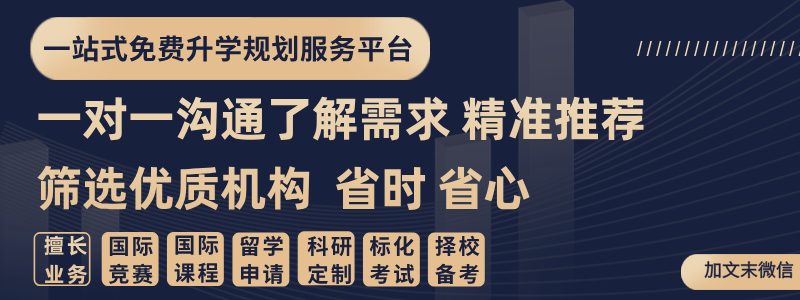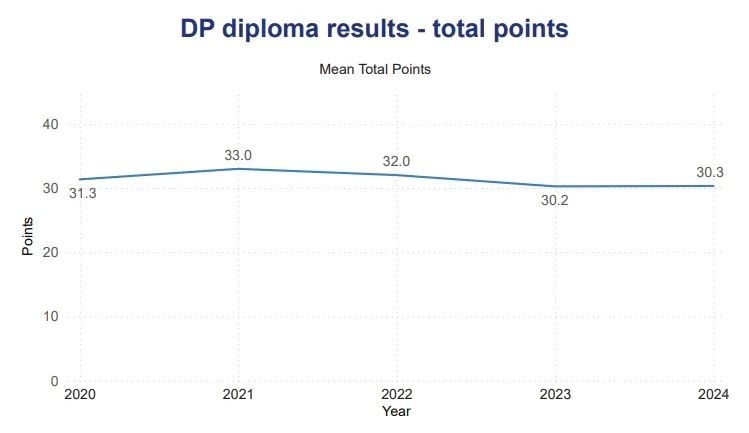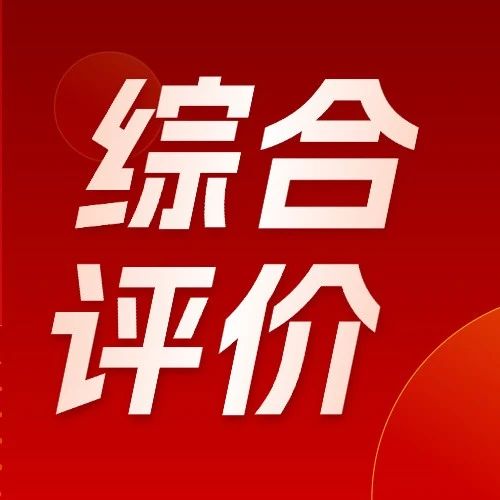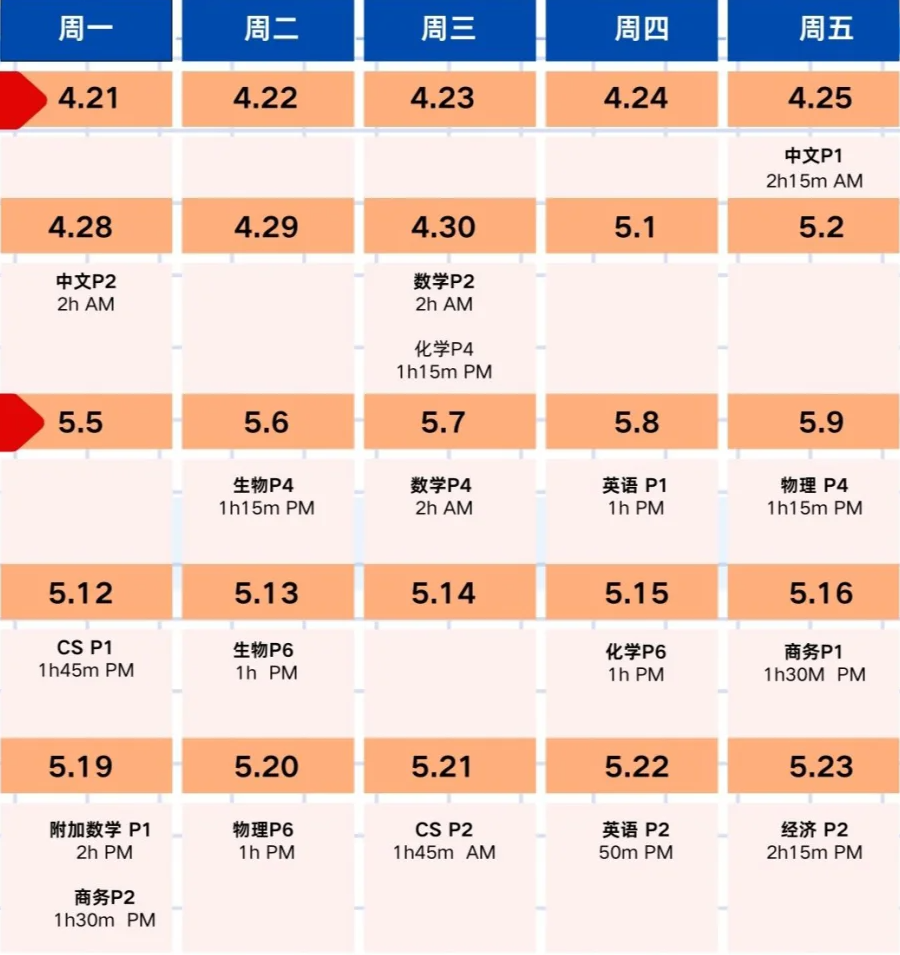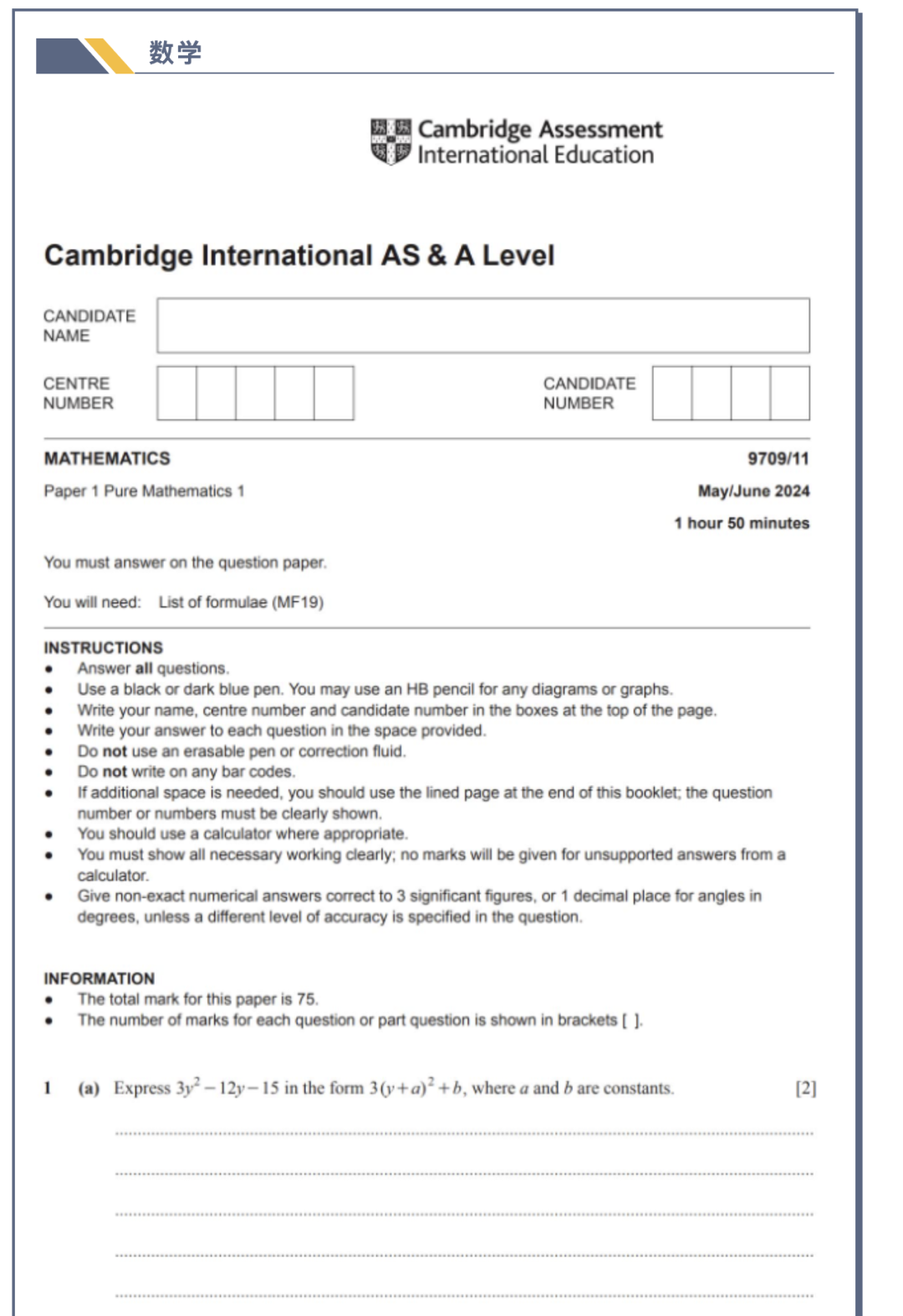前几天我们为大家介绍了Junior WSD的case写作方法,同学们都消化吸收了吗?
今天我们以NHSDLC Junior WSD冬季邀请赛已备辩题①为例,为大家奉上本次辩题解析,通过对具体辩题的分析,帮助大家更好地完成case写作,更有效地备赛!
本次辩题分析将从背景研究开始:在研究拥有公共医疗系统的国家时,我们可以有哪些思路?而在之后的论证中,我们将从原则(principle)和实践(practical)两个层面,围绕公民权利、政府义务、个人收入等关键点展开。
接下来让我们一起看看今天的辩题解析吧~
Building a case for a prepared motion might seem like an intimidating task. However, it is a skill that can be learned. Over time, you will come to understand that it is a fun activity that allows you to tap into your creativity.
This article hopes to teach you how to generate cases by focusing on one motion. Examining the context, frame, and clashes of the motion may help you figure out the logic of case creation.
Context Research
背景研究
Before delving into argumentation, the first thing one should consider when constructing a case is framing. Where does the debate take place? How does it take place? Does it interact with other factors in the world?
Without considering the context of the debate, arguments may sound abstract or unrealistic. What’s more, doing this leaves teams vulnerable to “outframing.” The enemy team can defeat your arguments by giving the judge a “reality check” and situating the debate in a realistic frame. For this reason, students should research the relevant context of the motion.
In terms of the motion “THBT all healthcare should be free”, students should look up the countries that have a public healthcare system and observe the different ways it can be implemented
Proposition 正方
The most intuitive model to advocate for on side proposition is that of single-payer healthcare countries, such as the Scandinavian countries of Europe. Via the money provided by the taxpayer, the government funds all healthcare services. These include regular check-ups with general practitioners and family doctors, as well as appointments with specialized experts such as eye doctors. The hospitals, medical equipment, and staff are all paid for by the government, which means the individual does not have to pay any expenses.
Opposition 反方
Opposition can note, however, that the burden of side proposition in this debate is greater than just defending a single-payer healthcare system since the motion mandates that ALL healthcare should be free. Typically, in countries with public healthcare, it is still legal for citizens to open a private practice that co-exists with the government-provided option. This motion precludes the possibility of any private enterprise operating in the domain of healthcare. Everything must be handled by the government. It is important for opposition to push this burden on the enemy side, otherwise side proposition can get away with a burden that is easy to defend.
Principle & Practical Argumentation
原则和实践论证
This debate has two dimensions of argumentation: the principle and the practical.
Proposition 正方
On the principle level, side proposition can explore arguments about the right to healthcare. You may argue that access to healthcare is the prerequisite to any other right that the government has a duty to provide to its citizens. For example, it is impossible to exercise one’s right to free movement if they have an impaired leg. Therefore, the government has an obligation to secure healthcare for its citizens, otherwise, it cannot provide them with any other rights.
Similarly, in order for individuals to take responsibility for their lives and, for instance, get a job, they need to be able-bodied. It is impossible to earn a salary (to pay for basic life necessities) if you are too sick to work.
Finally, side proposition can frame healthcare as a basic necessity, not a luxury, hence it isn’t something that should be contingent on how much money an individual earns
Opposition 反方
There are principle arguments to explore on side opposition as well. You may run an argument about freedom – it is unjustifiable for the government to ban people from choosing to buy and sell services. After all, it takes a lot of time and effort to become a healthcare professional, and an individual should have complete ownership over his skills and labor. The government forcing healthcare professionals to work for public institutions with conditions and wages they cannot control is a fundamental assault on individual liberty.
Additionally, a clever frame from opposition can be that public healthcare and private healthcare can co-exist. In fact, both services may be better when they have to compete with each other for patients, rather than when there is a centralized system in place with no checks and balances.
Finally, side opposition can claim that on a practical level, healthcare gets better when it is private. The competition of free-market capitalism encourages innovation and a higher quality of healthcare. In fact, it may be cheaper to have efficient private healthcare than to have the government increase taxes so much that individuals have less disposable income in the long run.
距离比赛还有不到一个月的时间 休息之余,希望今天的文章可以帮助大家 找准方向,更加高效地备赛!


